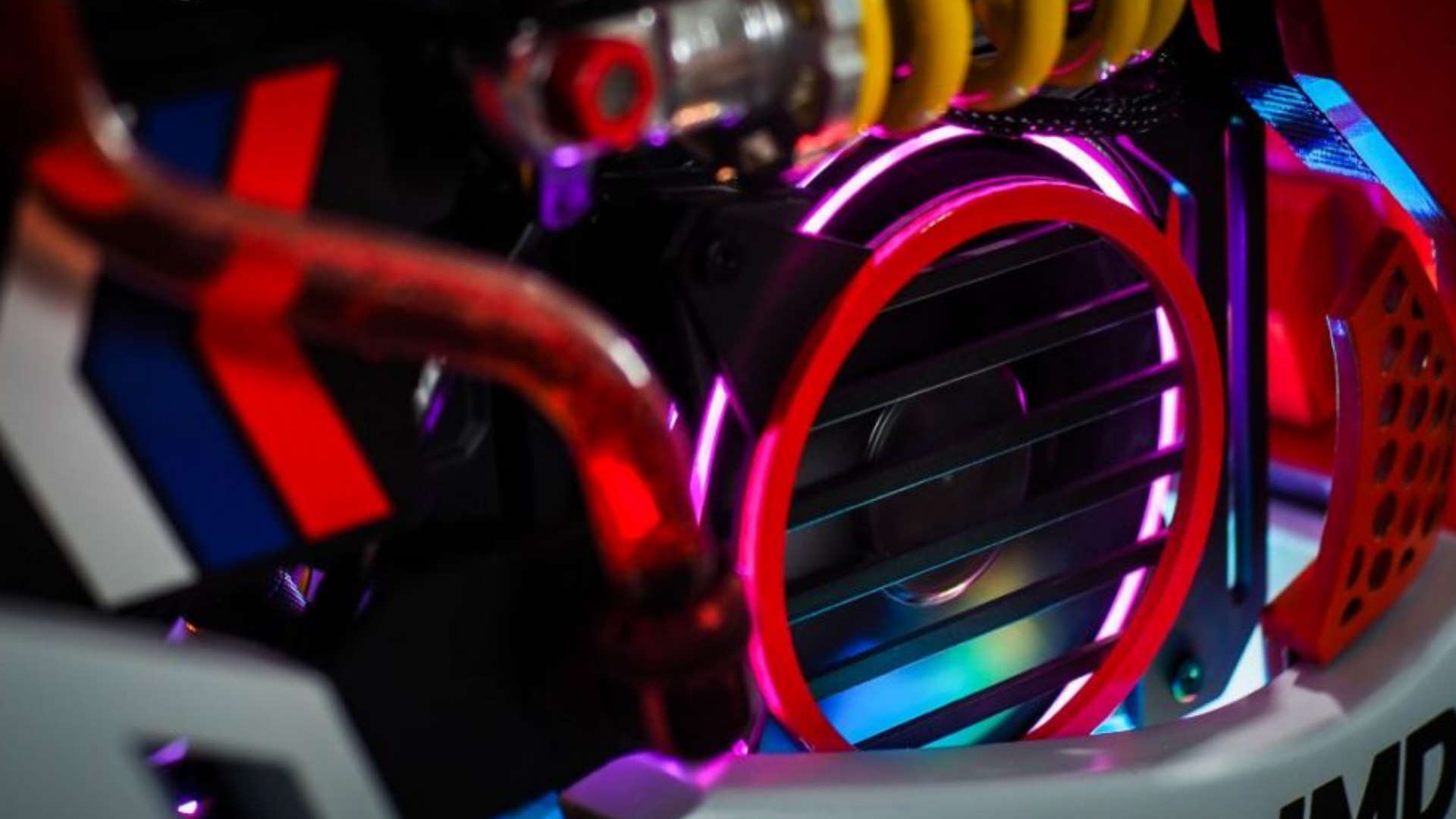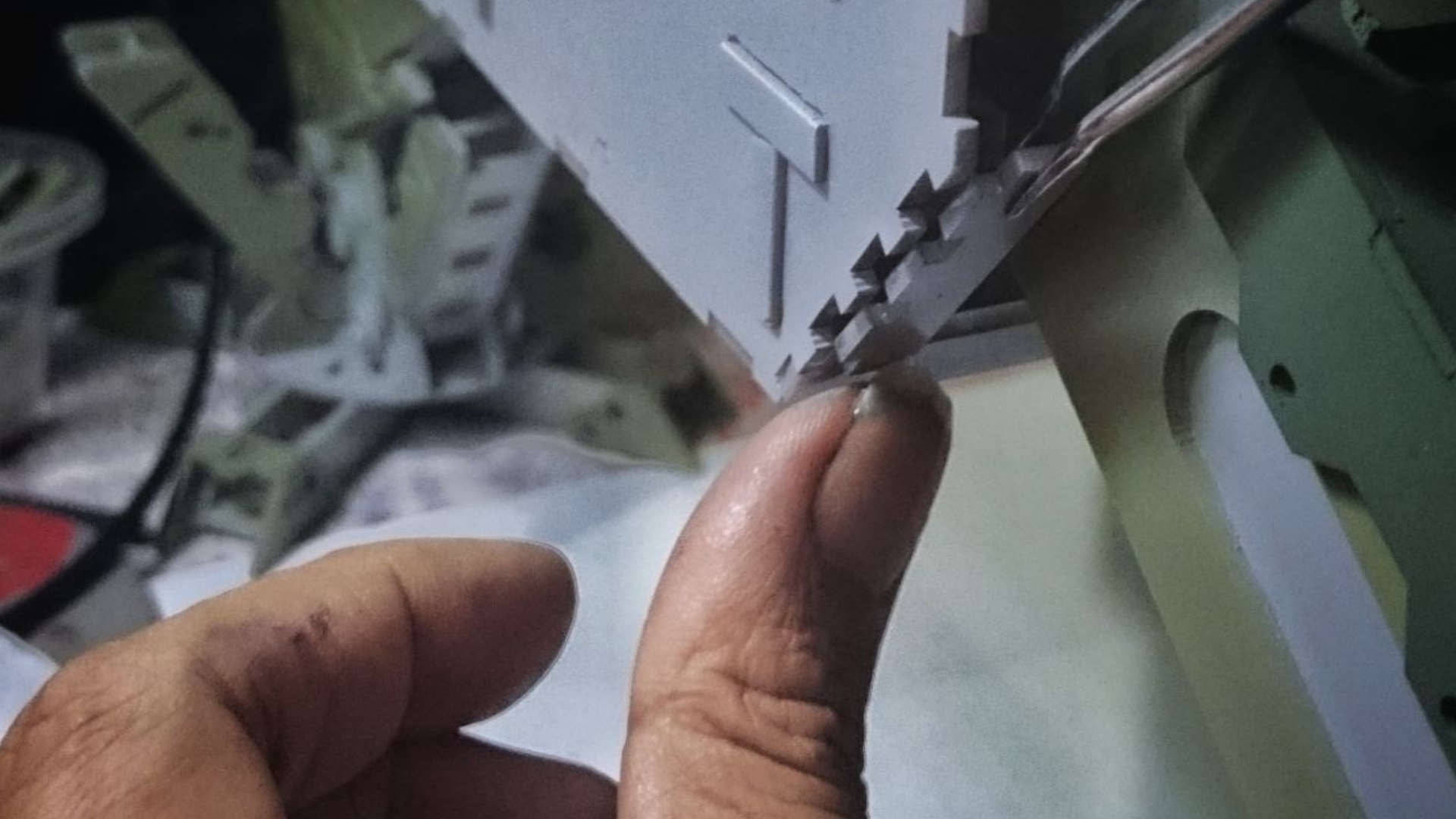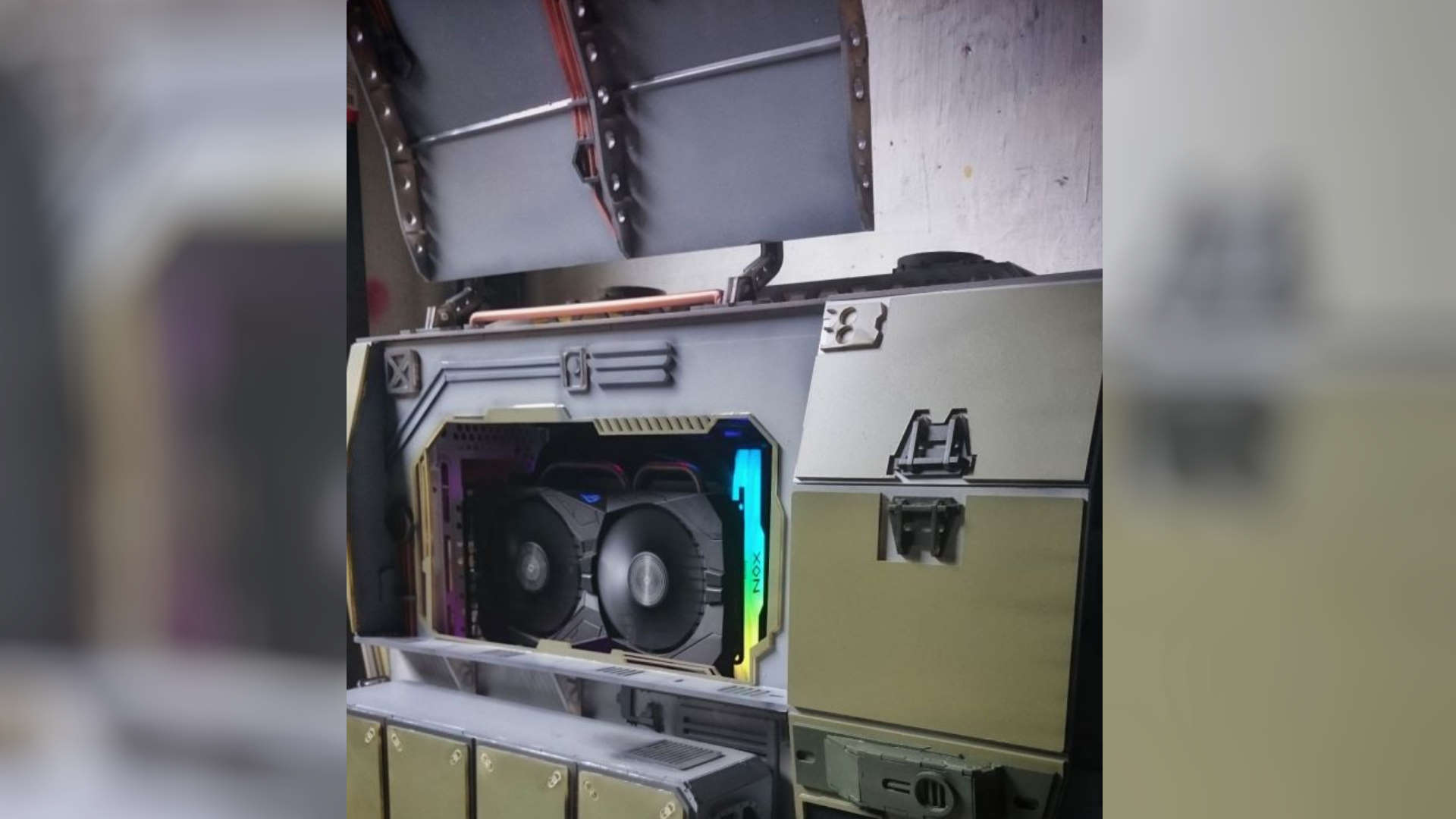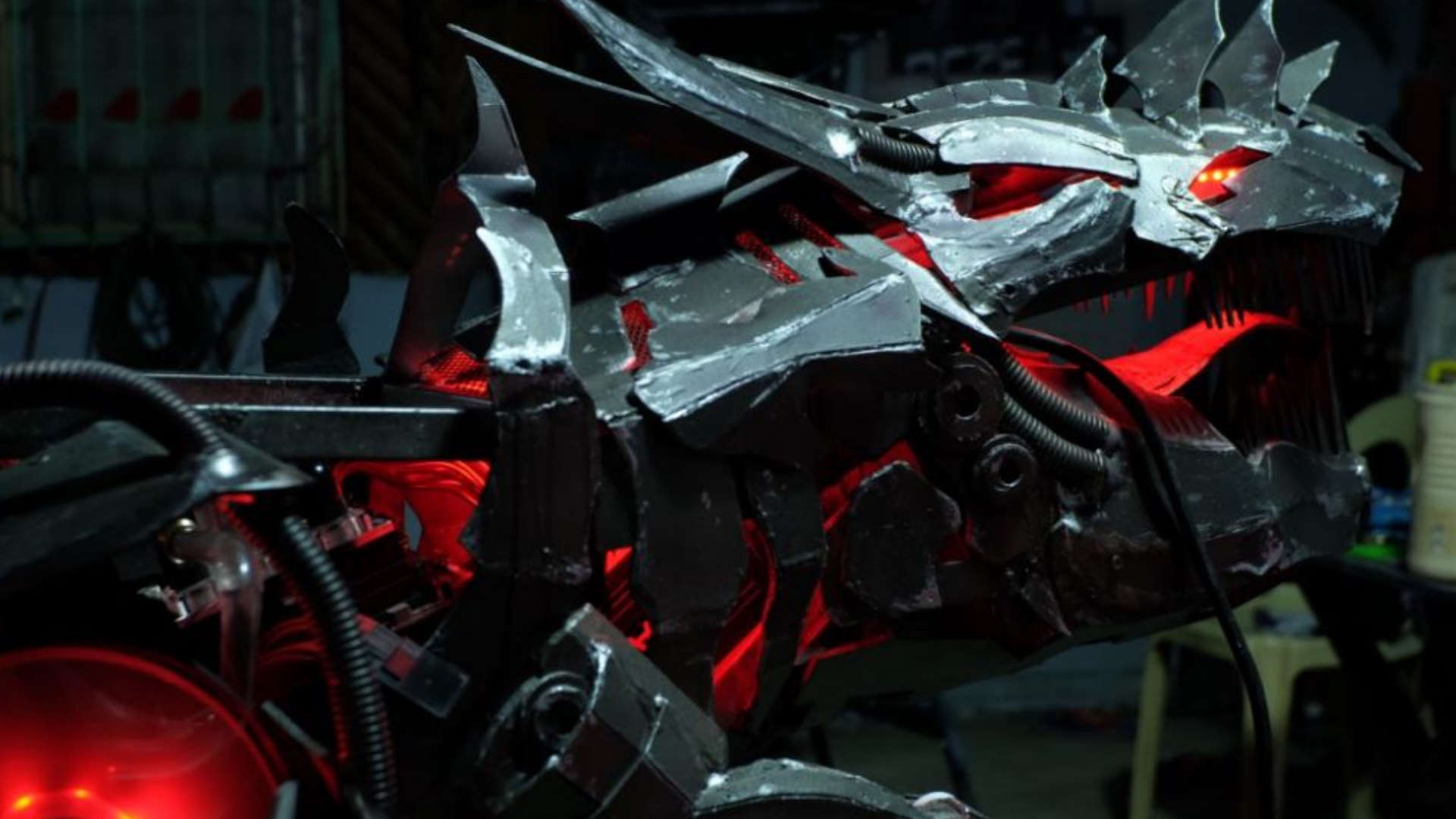What does it take to build a PC inside a shoe or a dinosaur? We've got answers
The Case Mod World Series 2020 may be over, but we're still swooning over these incredible entries. We've spoken with the modders behind them to find out more.

Following the CoolerMaster Case Mod World Series, we've decided to highlight some of the entries we felt might've been overlooked. These designs may not have won any prizes due to their being not the most practical, or aesthetically pleasing, but there's one thing they have in common: they're so damn extra.
Here are our top picks, the ones that caught our eye during judging, along with some exclusive comments from the modders themselves. They've been kind enough to give a little insight into the ideas behind their designs, and how the process went as a whole.
Lets take a deep dive into some of the incredible innovations we spotted, then.
JMDF's Sneaker mod








The concept around this one is simple, it's a computer... in a shoe. What's not to love?
We were told this one took around 10 weeks from design through to completion, with two weeks for the 3D modelling, two for 3D printing, and two for jamming it all together.
JDMF made it clear they'd love to have included more patterning and nicer colours, but I like it just the way it is. It's already complex enough, and having run into so much trouble bending the water tubes around inside such a small case, there was probably little time for intricate patterns.
The modder speculated on potential designs for next year's contest: "I think there will be a bow. Or maybe it's the body parts of a robot." I'd like to see both, honestly. I'm sure they could handle that.
Keep up to date with the most important stories and the best deals, as picked by the PC Gamer team.
Check out the worklog here.
Daguar's Survivor mod








An awesome, sci-fi design that's a "criticism of humans whose ability to adapt to their habitat is decreasing."
Daguar told us the Survivor mod took around eight weeks to complete, with a good four of those dedicated just to initial sketches and vector drawing for CNC cutting. That's the remaining four to get all those parts together, painted, and working. Impressive stuff. They also explained that "the main technical problem is the measurement," because if you measure it wrong you've got a whole load of backtracking to do.
Sadly the legs for this design were a little weak but, unless you're a trained engineer or full-blown architect, figuring out weight bearing can be super tricky. It's an awesome build either way, and the designer also has plans for a CoolerMaster Masteride truck inspired mod. They're just waiting for the right time to get it done.
Watch out for it in next year's contest, perhaps.
Check out the full worklog here.
AKMod's Cyberpunk 2077 - Deconstruction mod






This one, inspired by the Arasaka Mantis Blades of Cyberpunk 2077, was conceptualised way before the game came out. A whopping six months were dedicated to research after the initial theme was cemented, and the modding itself took around three months. Almost two thirds of the modding time was actually taken up by painting alone, and it really shows. The worn edges make it feel like it's come straight out of the game.
There were some redesigns throughout, due to "appearance and construction failure," which involved re-printing a bunch of parts. Goes to show how oversight can cost you big time, but they still managed to get something out that's utterly immense. Sure it didn't have all the moving parts the modder wanted to include, but their work has landed them sweet gigs with CoolerMaster, modding a wall project for the company's new office. Well deserved, I say.
Check out the full worklog here.
ED Mod Craft's Dino Grimlock mod





The Dino Grimlock mod is so ridiculous I had to mention it. 15-year-old, metalhead me would've been all over this one.
Inspired by Grimlock from Transformers, leader of the Dinobots, these modders apparently worked "24/7 starting from December 18 until January 28." That's some real dedication. The build was affected heavily by the lockdown, and the resulting material shortages saw the design having to be built from sintraboard PVC sheets, rather than acrylic as planned. Not as sturdy as they would've hoped but it still came out looking metal as heck.
What's really great about the project is that they worked in line with the 4 R's: reuse, reduce, recycle, and refuse. So not only did they make something super badass, they did so with the environment in mind. Kudos.
Check out the full worklog here.

Screw sports, Katie would rather watch Intel, AMD and Nvidia go at it. Having been obsessed with computers and graphics for three long decades, she took Game Art and Design up to Masters level at uni, and has been rambling about games, tech and science—rather sarcastically—for four years since. She can be found admiring technological advancements, scrambling for scintillating Raspberry Pi projects, preaching cybersecurity awareness, sighing over semiconductors, and gawping at the latest GPU upgrades. Right now she's waiting patiently for her chance to upload her consciousness into the cloud.

